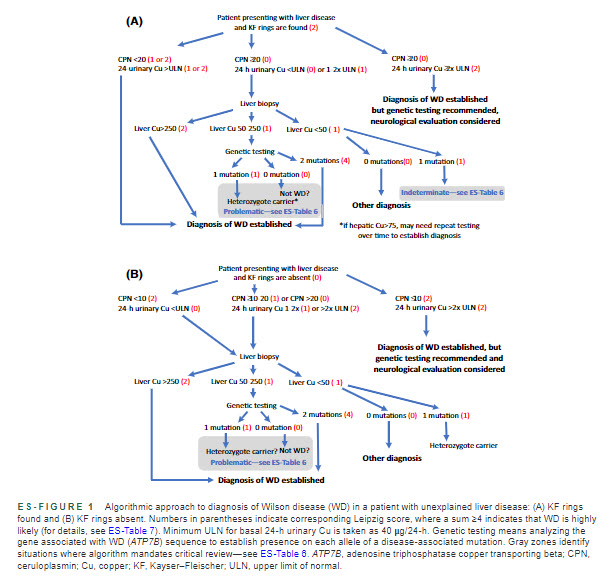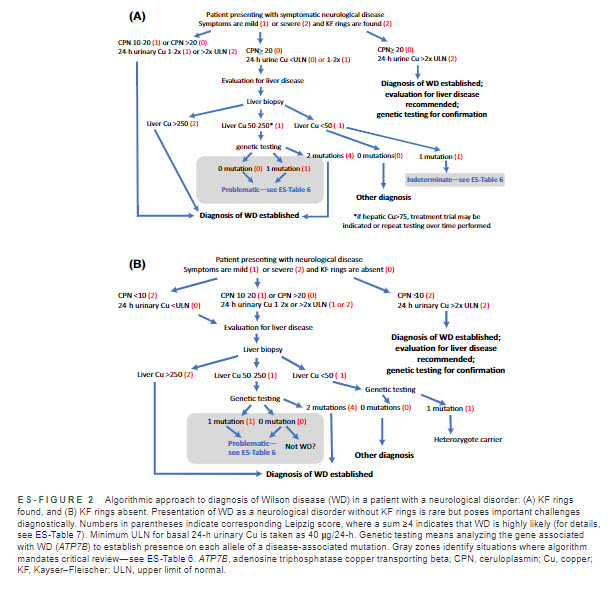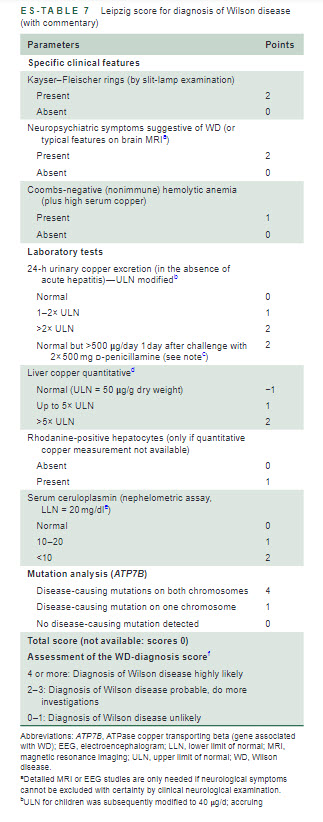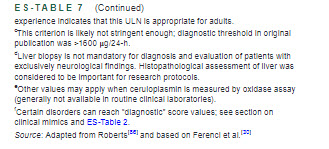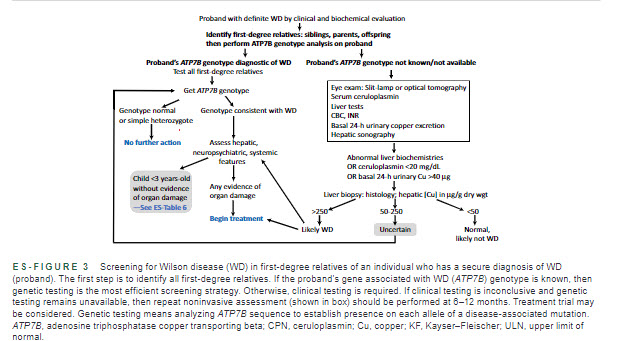New guidance for Diagnosis, Treatment and Management of Wilson Disease
Diagnosis | Treatment | Monitoring
By Rhonda Rowland
This is a first for Wilson disease (WD). The new Practice Guidance on WD is a careful balance of combining limited scientific evidence with expert experience to create a tool for doctors to use in diagnosing, treating and monitoring patients.
Let’s be clear on definitions. We’re talking about a guidance, not a guideline. There’s a difference? In medicine, there is.
For more information about the 2022 AASLD practice guidance for Wilson disease, visit our Webinar page to view our program with the co-first authors.
How is Wilson disease diagnosed?
Diagnosis of Wilson disease is often not straightforward. Many tests are usually necessary, and sometimes some of the test results may be inconclusive. No one test is sufficient for a diagnosis, and test results must be considered along with any symptoms or pre-existing conditions that are also present.
Diagnosing Wilson disease is challenging for even the most experienced doctors since it can masquerade as many other disorders and is often misdiagnosed, sometimes for many years. Early diagnosis and proper treatment is essential to prevent progression of the disease. The WDA Centers of Excellence provide physicians who are well trained in the diagnosis and treatment of Wilson disease. Please click here for a list of our Centers of Excellence in the United States and other countries. Your personal physician can also get in touch with these physicians for more information.
If you don’t live near a WDA Center of Excellence, or can’t travel to one, the list of physicians below may be another resource to consider. These physicians and health care professionals have been recommended by WDA members and have given permission to be included in the list. In some cases the doctors have contacted the WDA because they treat Wilson disease patients and would like to help other patients.
In order for the diagnosis of Wilson disease to be made, it must be considered. Those who should be evaluated for WD include anyone with liver abnormalities of uncertain cause, regardless of age. WD needs to be ruled out in patients with unexplained liver disease associated with a neurological or psychiatric disorder. WD should also be ruled out in patients with a neuro-psych disorder with no apparent cause, or that is unresponsive to treatment.

The diagnosis of Wilson disease is made by relatively simple tests. The tests can diagnose the disease in both symptomatic patients and those who show no signs of the disease. A detailed personal and family history should be done along with a physical examination to look for evidence of liver, neurological and/or psychiatric disease. The evaluation should include the following:
- liver chemistries;
- complete blood count and international normalized ratio (INR);
- serum ceruloplasmin and, in some patients, serum copper;
- 24-hour urine copper test;
- ophthalmologic slit lamp or optical tomography exam for Kayser-Fleischer (KF) Rings;
- liver biopsy;
- genetic testing for WD-causing mutations of the ATP7B gene; and
- liver biopsy may be needed to aid in the diagnosis.
If the physical exam shows neurological involvement, an assessment by a neurologist specializing in movement disorders may be advised. A psychiatric evaluation is essential for any WD patient presenting with psychiatric or neuropsychiatric features.
Since Wilson disease is genetic, when the diagnosis of WD is made, all siblings should be evaluated. Parents are carriers of a WD-causing mutation of the ATP7B gene, but it’s possible for them to have the disease as well. See Family Genetics to better understand how WD is inherited and who may be at risk of having the disease.
The American Association for the Study of Liver Diseases (AASLD) published the first practice guidance for Wilson disease in 2022. While it’s written for doctors and other health professionals, we recommend printing it and sharing it with your physician.
Full Guidance
Executive Summary
It is important to diagnose Wilson disease as early as possible, since severe liver damage can occur before there are any signs of the disease. Individuals with Wilson disease may falsely appear to be in excellent health.
Approach to Diagnosis
The WDA strongly suggests making an appointment at one of our Centers of Excellence for a diagnosis if possible.

